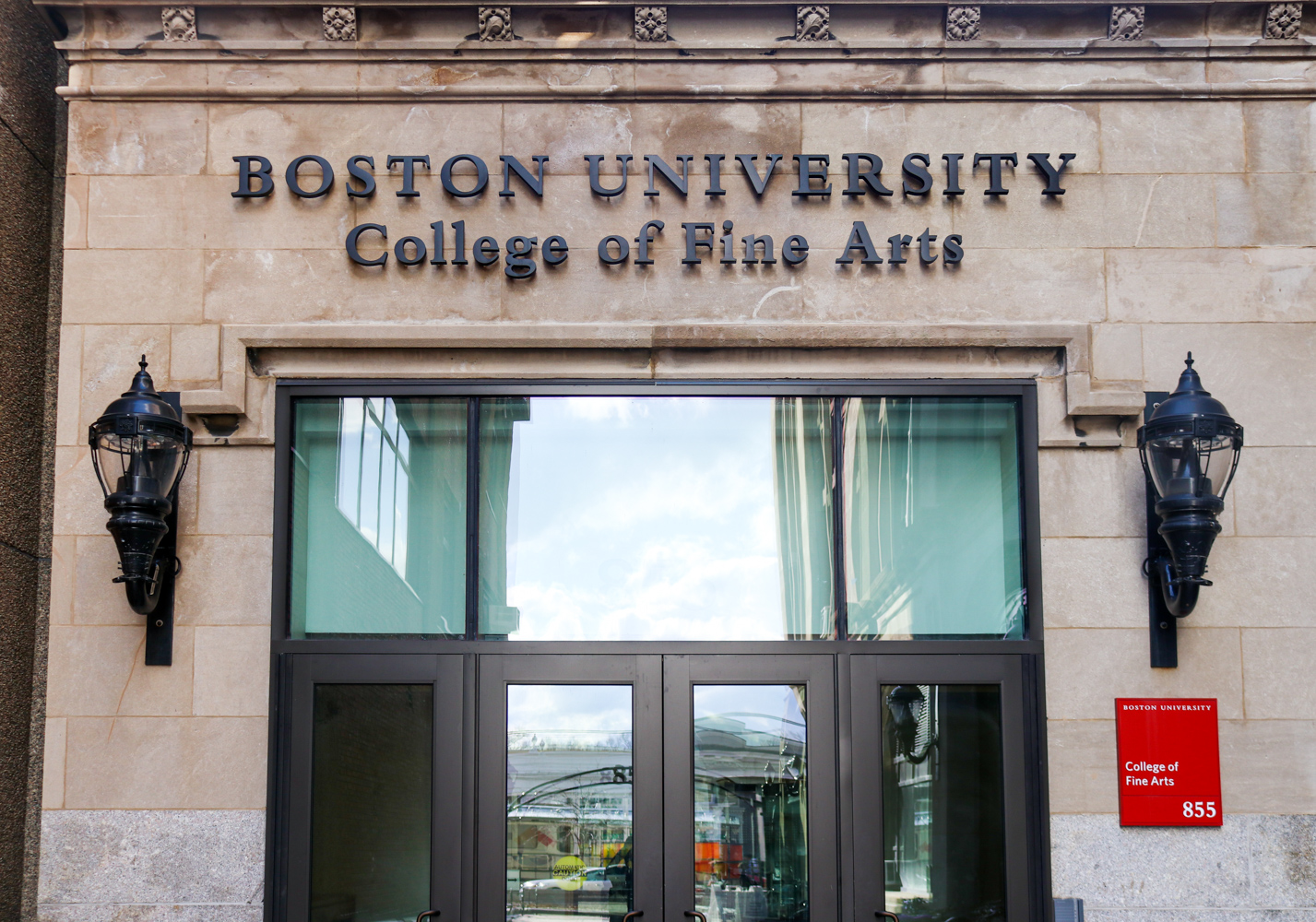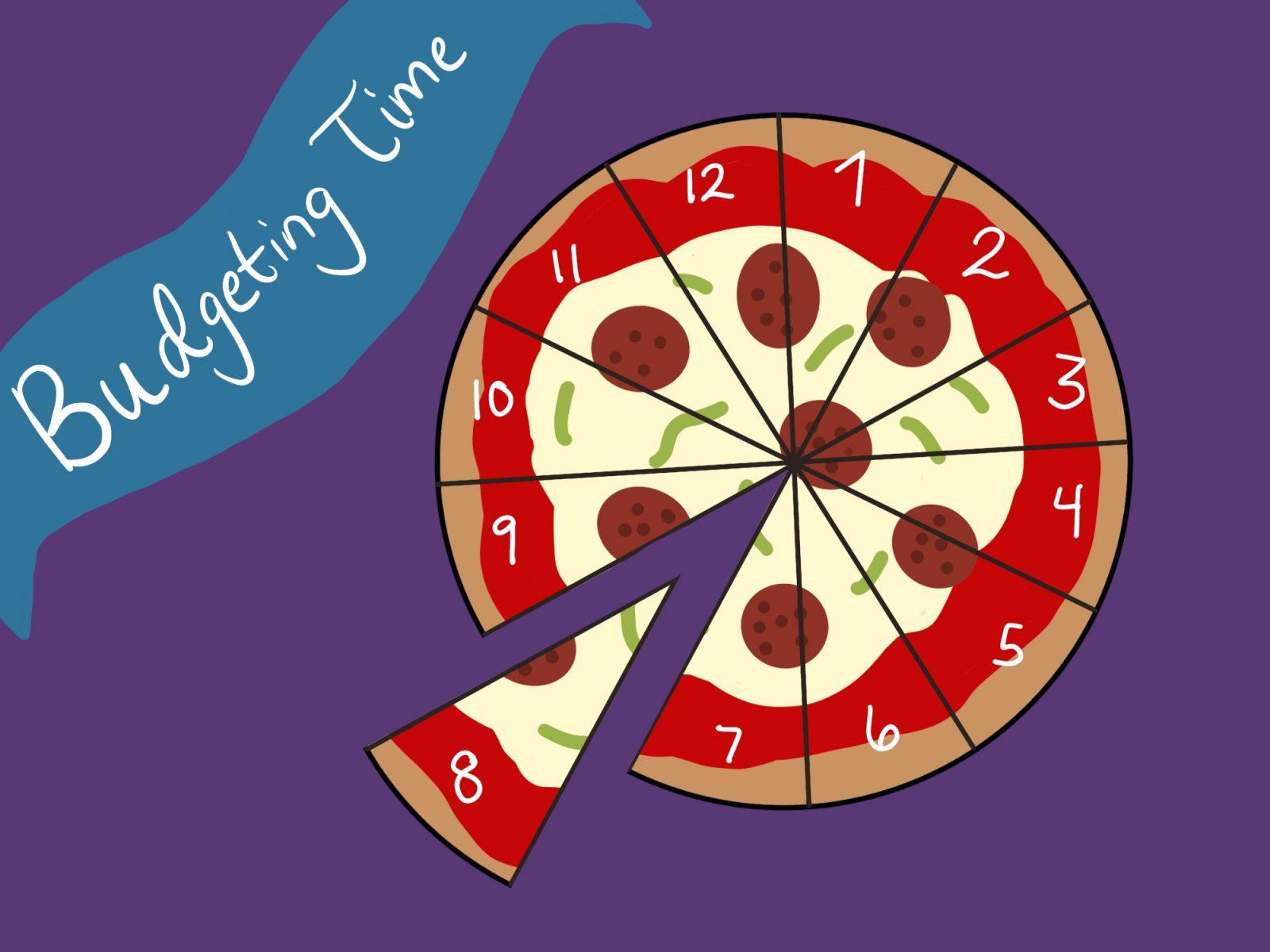In order to expand public access to the results of federally funded research, the White House issued a memorandum Friday instructing federal agencies to develop plans to make taxpayer-funded research available to the public.
Boston University Associate Dean for Research and Outreach James Jackson said the memorandum, which came in response to a We The People petition on the White House website, is fairly balanced.
“This directive strikes a nice compromise,” Jackson said. “It allows the publishers to publish the journals, but after a 12-month wait because publishing these journals costs money, and the publishers charge subscription fees to cover these costs. Thus, the public’s access and the publisher’s business model are preserved.”
Michael Stebbins, White House assistant director of biotechnology, ordered in a statement on the White House website Friday federal agencies with more than $100 million in research expenditures to make the results of federally funded research publicly available and free of charge within 12 months of the original publication.
Assistant to the President for Science and Technology John Holdren posted on the petition website the same day U.S. President Barack Obama’s administration agreed citizens deserve easy access to the research for which their tax dollars have paid.
“Scientific research supported by the federal government spurs scientific breakthroughs and economic advances when research results are made available to innovators,” Holdren said in the memorandum. “Policies that mobilize these intellectual assets for re-use through broader access can accelerate these breakthroughs and advances.”
In addition, the memorandum requires that agencies improve upon the management and sharing of scientific data produced by federal funding.
“Access to pre-existing data sets can accelerate growth by allowing companies to focus resources and efforts on understanding and fully exploiting discoveries instead of repeating basic, pre-competitive work already documented elsewhere,” he said.
Jackson said the new policy will be beneficial for colleges and college-based research.
“I see no adverse effect on research at colleges,” Jackson said. “… Everybody wins when access to science and an appreciation of scientific discovery are more accessible.”
The petition, created in May, had about 65,700 U.S. citizen signatures as of Wednesday evening.
“We believe in the power of the Internet to foster innovation, research and education,” the petition stated. “Expanding access would speed the research process and increase the return on our investment in scientific research.”
Several BU students said they support progress being made to expand public access to research funded by their tax dollars.
Tate Gieselmann, a College of Arts and Sciences sophomore, said he approved of the progress the petition has made.
“It shows people where their money is put to use and informs them of the future of science and medicine,” he said. “It seems like a good step towards making the government more transparent.”
Rami Barghout, a College of Engineering junior, said it is fair for taxpayers to see how their money is being used. He also said taxpayers should be allowed to question the type of research being done with their money.
“It depends on how much they are being taxed and so on, but yes, they should have the right to disagree,” Barghout said.
Charlie Crocker, a CAS junior, said citizens have the right to be aware of what research is being done.
“Anyone should be able to see the research being done,” Crocker said. “If the ultimate goal of society is to thrive and excel, we should be more willingly working together to find answers and ideas. The information gathered should be available to the public because no one ever knows who can do great things with certain information.”
Margaret Waterman contributed to the reporting of this article.






















































































































